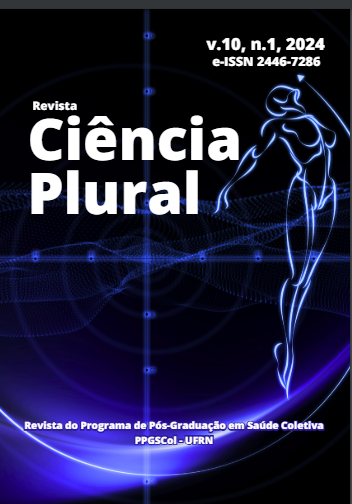Clinical evidence on the use of medicinal plants and herbal medicines in healing skin wounds: an integrative review
DOI:
https://doi.org/10.21680/2446-7286.2024v10n1ID35109Keywords:
Ferida. Cicatrização. Plantas Medicinais. Fitoterápicos.Abstract
Introduction: Medicinal plants and herbal medicines are traditionally used to heal various types of wounds. Many plants contain bioactive compounds with anti-inflammatory, antimicrobial, and wound-healing properties. Objective: To gather clinical evidence on the use of medicinal plants and herbal medicines in the healing of skin wounds. Methodology: This is an integrative review of the literature. The studies were collected from the MEDLINE/PubMed and LILACS databases, using the terms ((Wound Healing) or (Inflammation)) and ((Medicinal Plants) or (Phytotherapy)) as a search strategy with a time frame from 2011 to 2021. Results: 15 studies were included in the review. Most studies were of the randomized controlled clinical trial type. The effectiveness of 15 medicinal species was investigated for the treatment of acute and chronic wounds, the most common of which were second-degree burns, chronic ulcers and surgical wounds. The medicinal species that showed the best results were Aloe vera, Centella asiatica, Portulaca oleraceae, Arnebia euchroma, Hypericum perforatum, and Achillea millefolium, improving criteria such as erythema, edema, re-epithelialization time, healing time and the general appearance of the wound. Conclusions: Medicinal plants and herbal medicines are effective in the healing process, therefore being a therapeutic alternative for treating skin wounds.
Downloads
Downloads
Published
How to Cite
Issue
Section
License
Copyright (c) 2024 Revista Ciência Plural

This work is licensed under a Creative Commons Attribution-NonCommercial-ShareAlike 4.0 International License.
À Revista Ciência Plural ficam reservados os direitos autorais referente a todos os artigos publicados.

 Português (Brasil)
Português (Brasil) English
English Español (España)
Español (España)










2.png)
